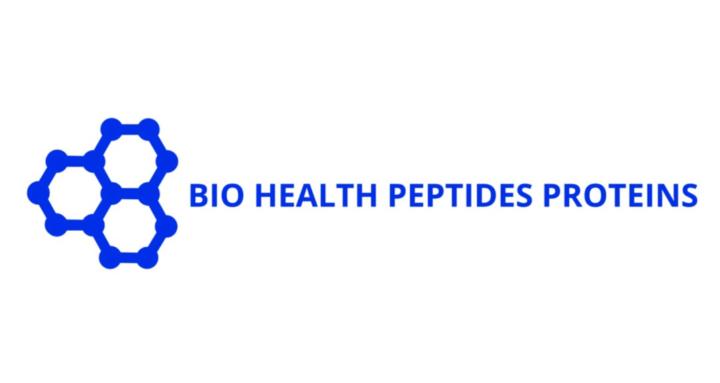12h • General discussion
💉 Peptide Delivery Systems: Spotlight on Nasal Sprays
When it comes to peptide research, one of the most important variables isn’t just the compound itself — it’s how you deliver it.
📦 Common Delivery Systems
- Subcutaneous (SubQ) injection – the most popular method for many peptides, offering steady absorption.
- Intramuscular (IM) injection – delivers deeper into muscle tissue, sometimes used for faster or stronger uptake.
- Oral capsules – rare for peptides due to breakdown in the digestive tract, though a few analogues are being developed.
👃 Why Researchers Use Nasal Sprays
Nasal sprays have become increasingly popular for certain peptides (like Semax and Selank) because:
- The nasal mucosa provides a direct pathway for systemic absorption.
- They avoid first-pass breakdown in the gut.
- They’re convenient, portable, and don’t require needles.
- They can be dosed in small, frequent sprays to match short peptide half-lives.
⚠️ Considerations
- Peptide stability in solution is lower than in lyophilized form → small batches are best.
- Proper reconstitution, sterile handling, and labeling are key to maintain integrity.
- Not all peptides are suitable for nasal delivery — this depends on molecular size, stability, and supporting research.
📄 I’ve also prepared a step-by-step SOP for making research nasal sprays from lyophilized powders (Semax / Selank).
👉 See the attachment for details.
🧪 For laboratory research use only. Not for human use
3
1 comment

skool.com/bio-health-peptides-proteins-9123
Learn, connect, and access group-buy opportunities with real researchers. Join today.
Powered by





